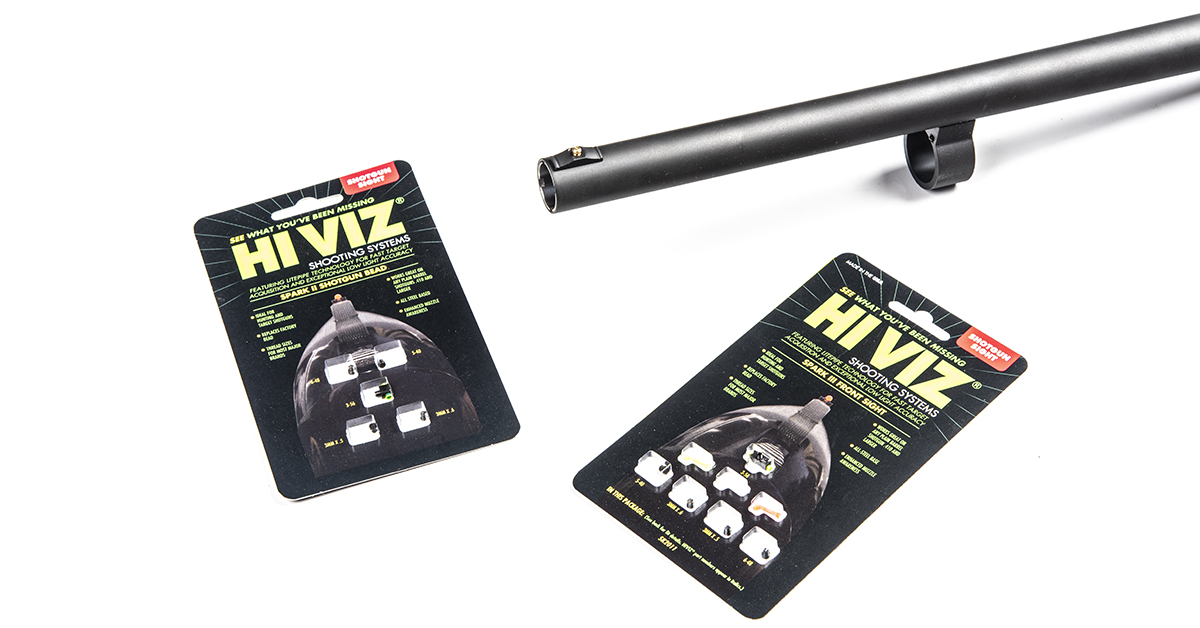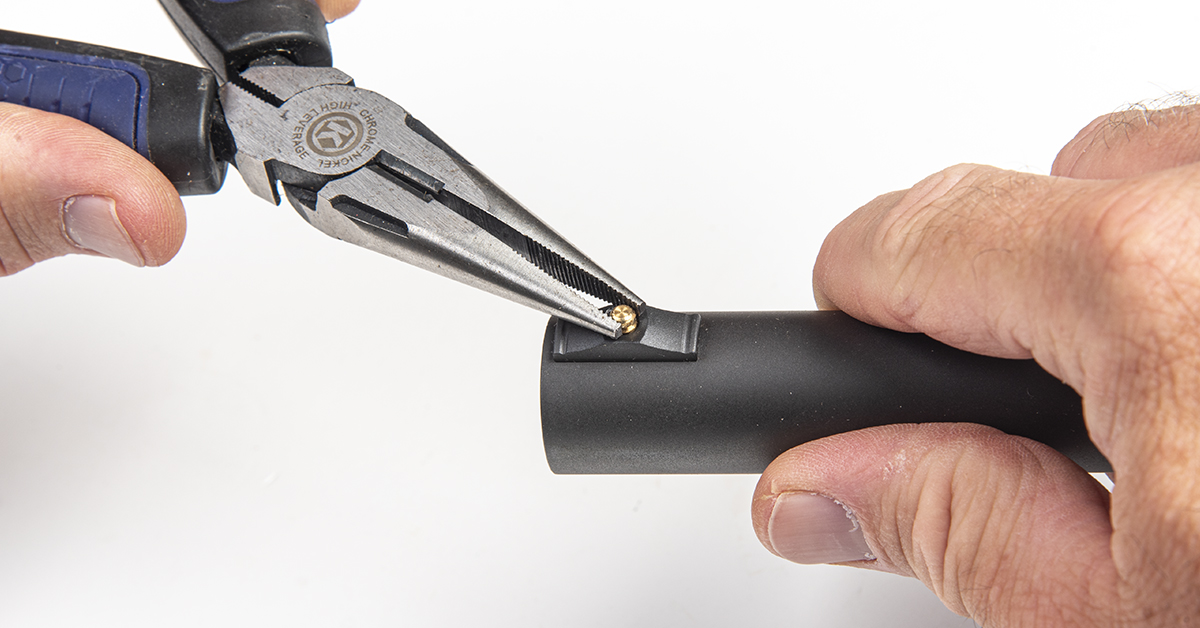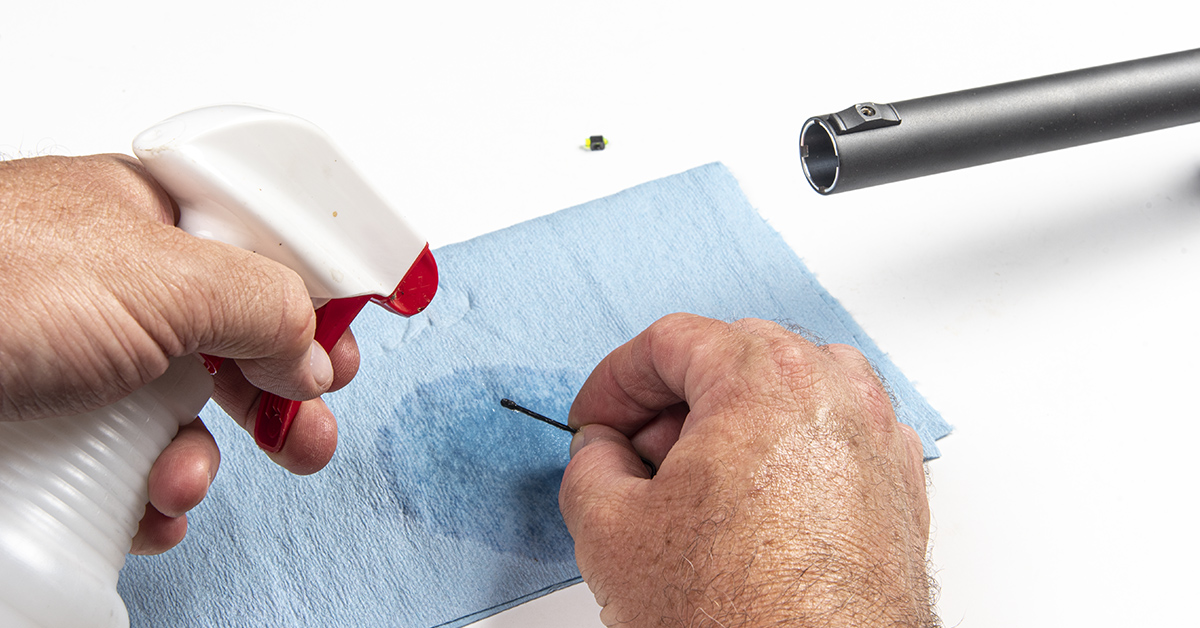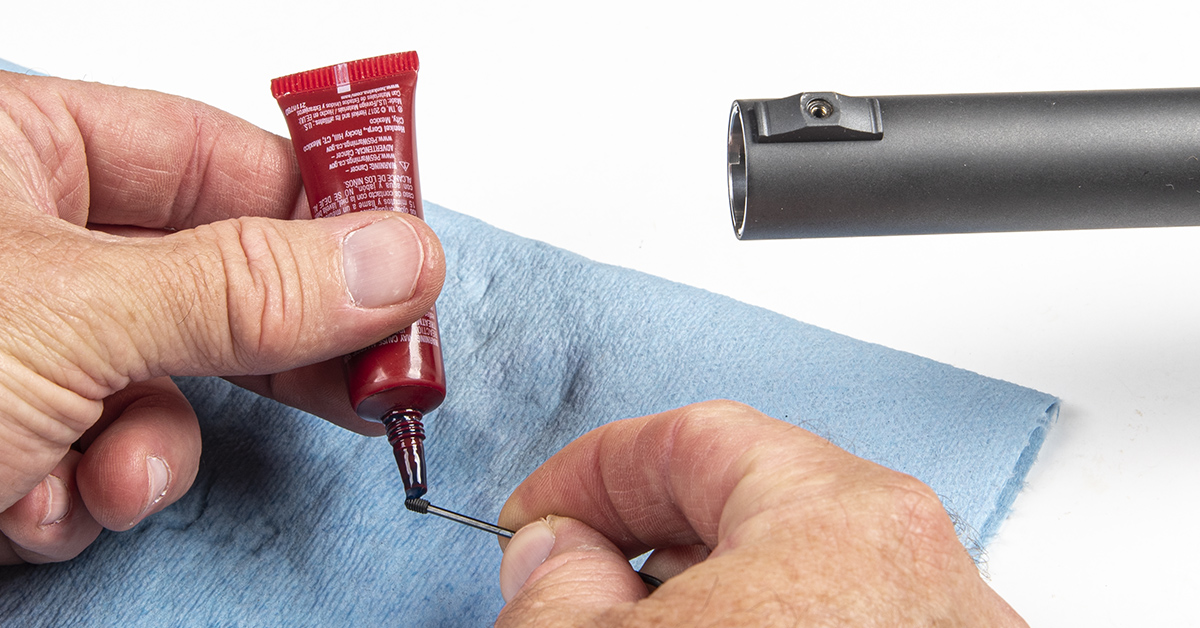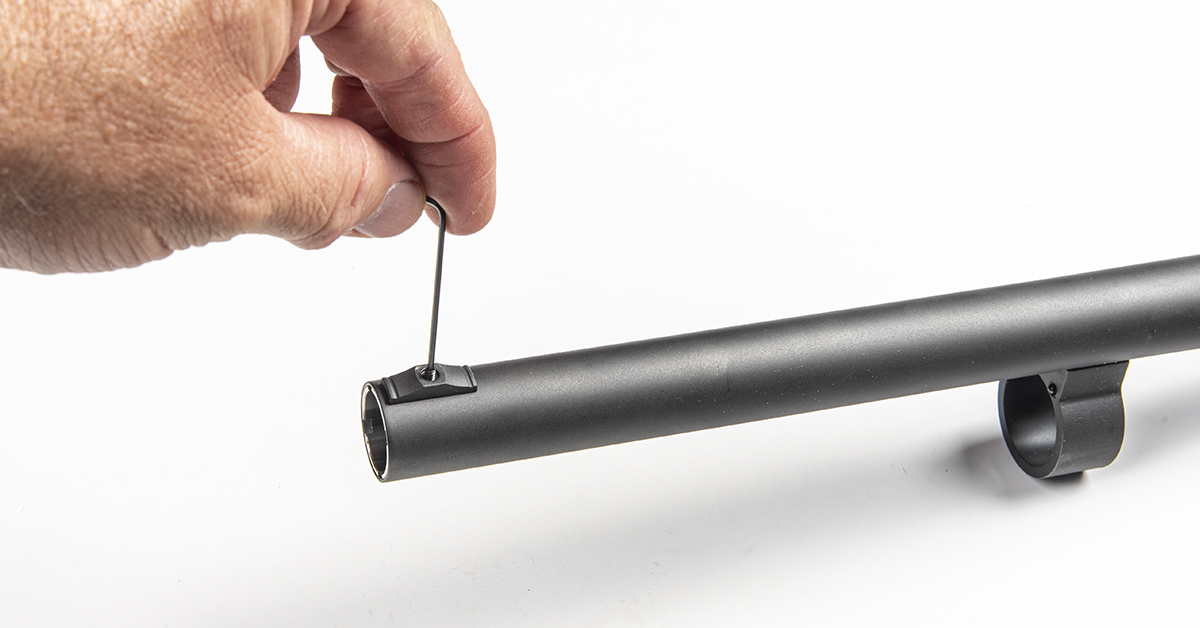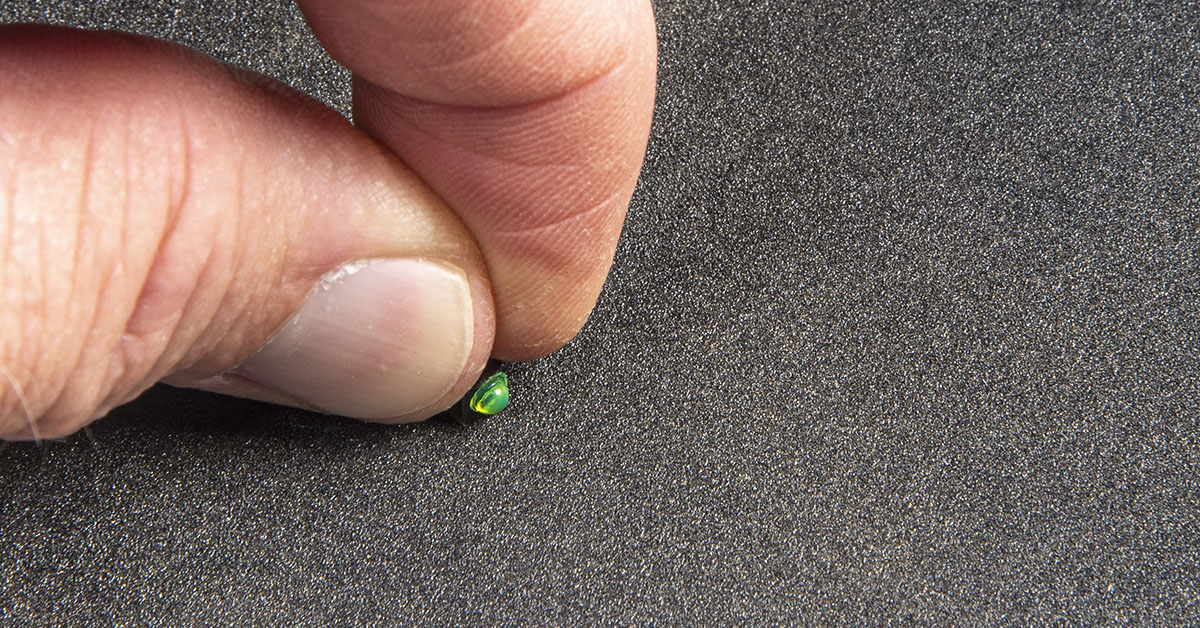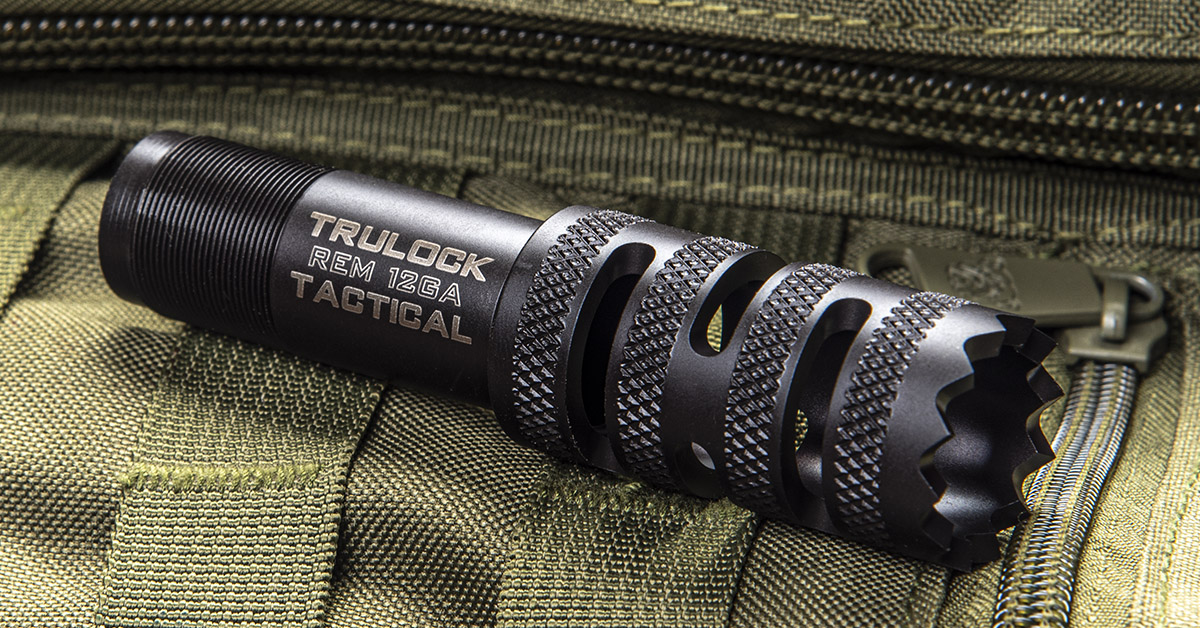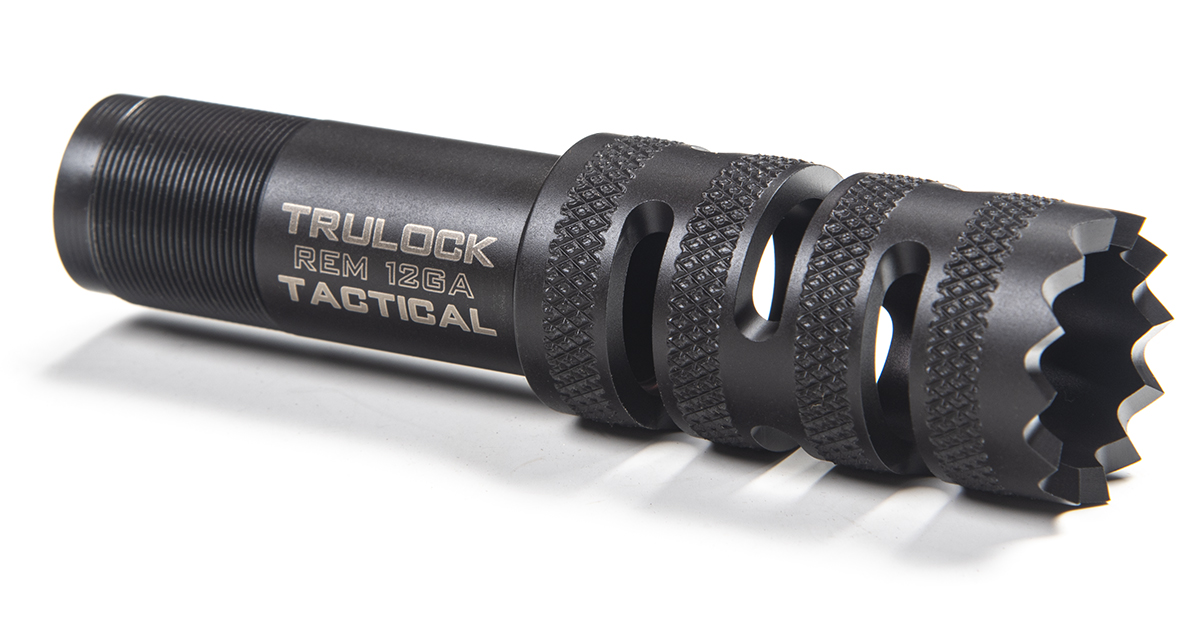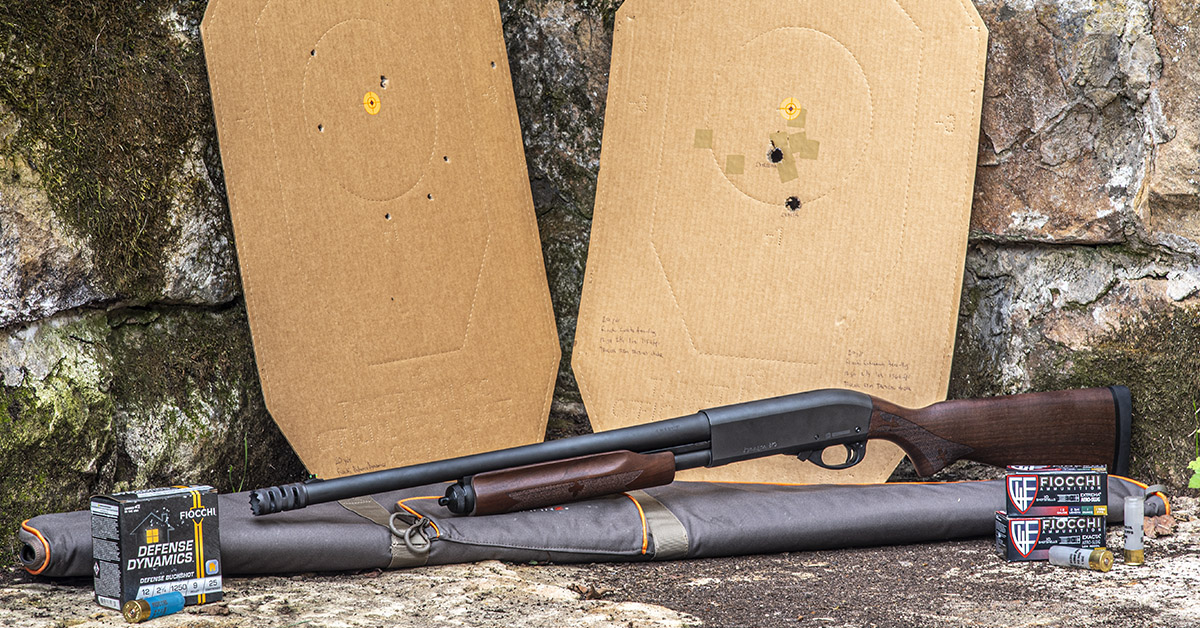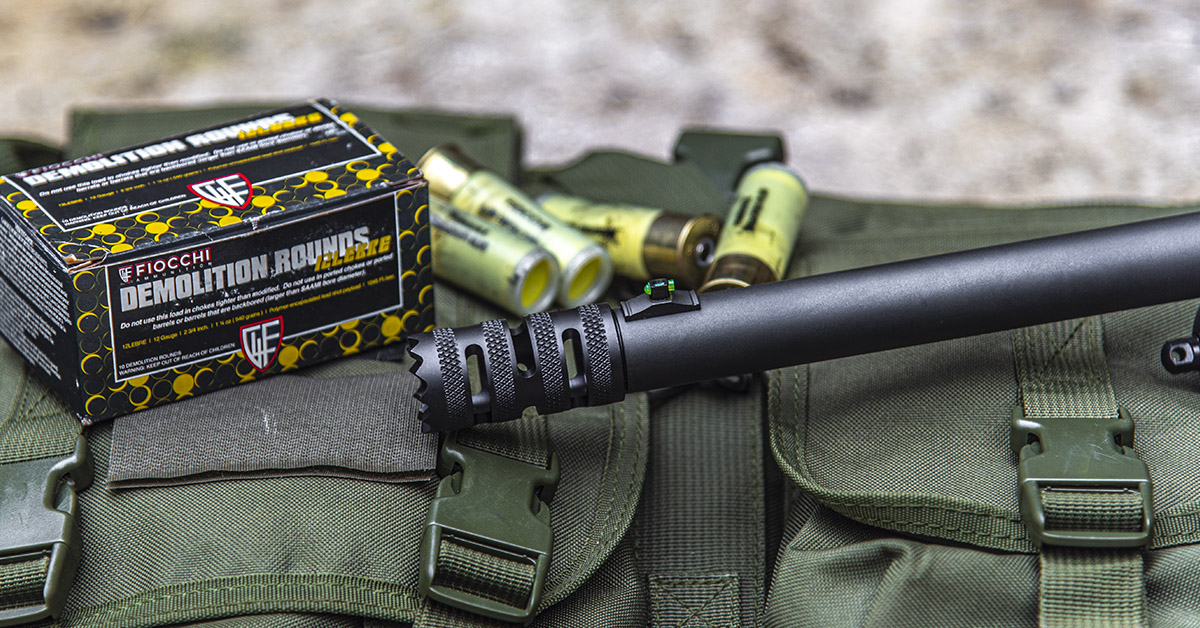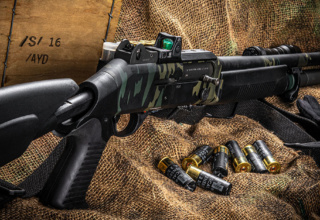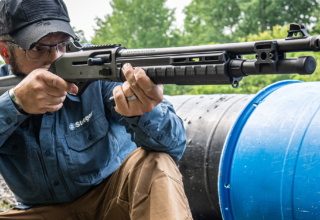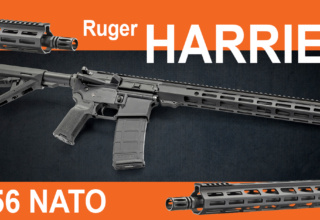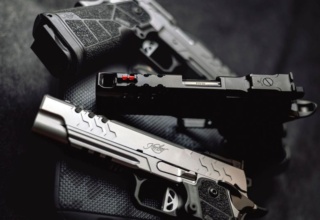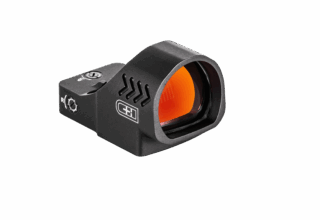There’s no need for your hunting shotgun to be a one-trick pony. A new barrel and a couple strategic upgrades can step up your Remington 870 for home defense work.
by Rob Reaser
Earlier this year, I picked up a new Remington 870. Didn’t really need it, but I thought it might be a change of pace to devil the local squirrel population with a scattergun instead of my trusty 10/22 this fall . In fact, I can’t remember the last time I hunted squirrels with a shotgun, but the years can be counted in decades. The thing is, I try to keep my arsenal on the lean side and don’t like the idea of having guns that may only see the light of day a couple times a year. But since I can’t hit a clay out of the air to save my life and since there is only so much squirrel I will eat in a year (my wife won’t touch it), I needed to expand my justification for buying this iconic pump-action.
Well…that was easy enough.
The Remington 870 — along with the Mossberg 500 — has long been a staple in law enforcement and military circles. I figured I’d work mine up in a home defense configuration for “stand-by” use when I’m not running it in the field — get an 18.5-inch barrel for it and set it up a high-visibility sight and a quality tactical-style choke.
The only problem, I soon learned, is that new factory replacement barrels are non-existent. RemArms, the company that purchased the Remington firearms brand after Big Green’s last unfortunate bankruptcy, has managed to get production of the famed 870 up and running again; however, all components are channeled exclusively to the manufacture of new guns.
So, I did a bit of Internet snooping, thinking I might come across a new-old-stock factory 18.5-inch barrel. And I did. There was, though, no way I was going to fork over the sellers’ asking prices. Even used barrels are ridiculously expensive.
Fortunately, Carlson’s manufactures replacement barrels for the 12-gauge Remington 870. The model I chose (#87004) includes a pedestal-mount front sight, chrome lining, and is threaded for the Rem Choke system. With a $279.50 MSRP and given the prices of older factory barrels, I considered it a bargain and placed my order.
Those of you who are new to defensive shotguns may question the fixation on an 18.5-inch barrel. It’s a reasonable inquiry, and the answer is simple: the short barrel is more maneuverable in tight places, like your home. Sure, a standard 24- to 28-inch barrel shotgun will deliver a defensive payload with authority, but you’ll be hard-pressed to work that long, steel tube through doors and around corners in low-light conditions. For defense applications, the barrel should be as short as legally permitted, and that means an 18.5-inch barrel.
Sight System and Installation
With the barrel in-hand, I needed an easy solution to the sight system. Since a general-purpose field shotgun works best with a bare receiver (no rails, red dots, or rear sights), and since the Carlson 18.5-inch barrels don’t come with a vented rib onto which you can place a front and rear sight system, I required a low-light front sight to replace the pedestal-mounted brass bead.
I found the answer from the folks at HIVIZ Shooting Systems. HIVIZ offers two different fiber-optic replacement bead front sights — the Spark II and the Spark III. These systems consist of a steel sight housing that holds the fiber-optic element and a threaded shaft to connect the sight to the barrel. Each kit comes with five different threaded shafts to meet a broad range of shotgun applications. The 3-56 threaded shaft is the one that fits the Carlson’s 870 barrel.
Note that this system will only work on barrels that have screw-in bead sights. If your barrel has a press-in front bead, you’ll need a gunsmith to make the conversion.
The differences between the HIVIZ Spark II and Spark III are minimal, basically amounting to the size of the housing and the fiber-optic element. Because I’m a devoted “less is more” advocate, I opted to install the Spark II. One of the advantages, though, of the Spark III is that it not only presents a larger fiber-optic element for maximum light gathering, but it also comes with three replacements elements — a second green element, plus a white (non-fiber-optic) and a red element.
The sight conversion begins with removal of the brass bead from the Carlson’s barrel. A twist with a pair of pliers did the job handily.
Since the Spark-series sights are directional (must be aligned with the bore axis), some adjustment is required to achieve a proper alignment. This also requires that the threaded components need a thread locker adhesive to be applied. Before installing, all threads (sight housing, threaded shaft, and sight pedestal) must be cleaned with denatured alcohol to remove any oils.
Once clean, thread adhesive is applied to the threaded shaft.
A small Allen wrench is used to screw the shaft into the sight pedestal. When doing this, it is important to leave enough threads exposed above the pedestal for the sight housing to screw onto. Leave the adhesive to set for the manufacturer’s recommended time. Because the screw was too short to fully seat into the Carlson’s pedestal, I chose to let the adhesive cure overnight to ensure a strong bond before attaching the sight housing.
Here is what is meant by “some adjustment required.” When screwing the sight housing onto the threaded shaft, the housing bottomed out in the threads just shy of bore alignment. This is to be expected.
To achieve alignment, some material must be removed from the base of the housing. This is done by sliding the housing across medium-grit Emory cloth or similar abrasive. It must be done slowly, making a few light, even strokes, test-fitting the sight, and repeating as necessary until the firm stop of the sight housing aligns perpendicularly with the barrel. Once achieved, add thread locker to the upper shaft threads, install the sight, and let the adhesive cure.
TRULOCK Tactical Choke
While a fighting shotgun doesn’t need a tactical-style choke to get the job done, why wouldn’t you include one in your setup since it only adds function to the barrel? You may never need to breech a door or punch someone with it in a close-quarter scramble, but having one just in case certainly makes sense.
Several of us in the Shoot On family have had great success with TRULOCK chokes in our hunting shotguns, so I looked to see what the company offered in the defense category for the Remington 870. Turns out, the company makes one model…and they make it quite well.
If you aren’t familiar with TRULOCK, it’s time you should be. The company was founded by George Trulock, who began manufacturing aftermarket chokes in 1981. George developed and began marketing the Tru-Choke system the following year. Forty-some years later, their chokes are still American-made at their factory in Whigham, Georgia.
How good are they? Don’t take our word for it. TRULOCK makes all aftermarket accessory chokes for Benelli and Franchi (two of the top names in premium shotguns) and is the OEM choke supplier for heavyweight manufacturers Mossberg, Smith & Wesson, Savage, and boutique manufacturer Connecticut Shotgun (whose shotguns are priced in the “If you have to ask you can’t afford it” category).
In short, TRULOCK knows chokes, so theirs was the obvious option for this defensive shotgun barrel.
The TRULOCK Tactical choke is made of a high-strength (150K PSI U.T.S.) alloy steel precision-machined and treated to a rugged matte black oxide finish. The choke screws in and out by hand, so no choke wrench or special tools are required. Aggressive texturing combined with the generous porting makes hand installation and removal a cinch.
This is a cylinder bore choke, meaning that there is no engineered constriction — the choke follows the same inner diameter as the barrel. As such, this choke is suitable for use with buckshot, breaching rounds, as well as slugs.
The front of the choke is crenulated. Those sharp points allow the choke to function as a standoff tool to provide no-slip positioning on wood or other material when the shogun is used for breaching.
NOTE: Breaching is something that should only be done by those trained to do so and should only be done with frangible breaching rounds.
For the home defender, consider this feature as a last-ditch blunt force tool or something with which to deliver a wicked uppercut in a close struggle.
Range Results
Starting with the HIVIZ Spark II sight, I knew going into the test that the gun would likely hit a bit low. And it did. This is because the Spark II sits higher on the pedestal mount than the original brass bead. The higher the front sight the lower the point-of-impact (POI). How much of a drop in POI would the new sight give was the question.
Assuming a typical “across the living room” shot would be about 20-30 feet, I figured doubling that distance would provide a good measure of the POI drop with the taller sight and of the choke’s shot pattern when shooting #00 buckshot — the typical round for a defensive shotgun.
At 60 feet/20 yards, the buckshot POI was only moderately biased. The center of the pellet distribution tended to be around 2 to 2.5 inches below the bullseye, with perfect left/right distribution, shooting Fiocchi Defense Dynamics #00 1250 fps loads. That was a better result than I expected given the extra height of the sight, and not enough to be concerned with in a defensive encounter. Similar results held for the POI when shooting 1 oz.1150 fps low-recoil Fiocchi Defense Dynamics Aero-Slugs and the full power 1560 fps Aero-Slugs. These shots were also 2 to 2.5 inches low at 20 yards. If I intended to shoot slugs as my primary ammo, I would work down the base of the Spark II sight to raise the POI, but since the gun will only be fed #00 for home use, this isn’t an issue for me.
As for the TRULOCK Tactical choke…not bad at all. In fact, the pellet groups were about 2 to 3 inches tighter on average with the TRULOCK cylinder bore choke than what I get shooting my 18.5-inch Mossberg 500 cylinder bore barrel (no choke) with the same Fiocchi ammo at that same distance. The TRULOCK also performed flawlessly in guiding those one-ounce chunks of lead in a straight line.
As you can see, prepping an 870 barrel for home defense duties is easy enough and it allows you to expand your shotgun’s capabilities beyond “filling the pot.” Maintain the gun in defense mode most of the year and swap it out for the long tube when you’re ready to hit the woods.
This is also a lot less expensive than buying a second gun, given the $11.93 and $16.28 MSRPs of the HIVIZ Spark II and Spark III sights, respectively, and the $54.99 MSRP of the TRULOCK Tactical choke. Yeah, a new Carlson’s barrel will set you back $225-$250, but they are in stock for now and the quality is there.
Altogether, this is a bargain upgrade that gives you two guns in one.


